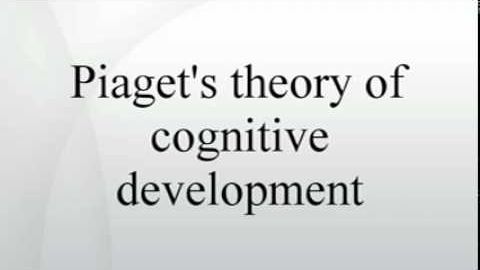ピアジェの認知発達論 (Piaget's theory of cognitive development)
Liao Jess が 2021 年 01 月 14 日 に投稿  この条件に一致する単語はありません
この条件に一致する単語はありませんUS /spɪˈsɪfɪk/
・
UK /spəˈsɪfɪk/
US /pɚˈspɛktɪv/
・
UK /pə'spektɪv/
US /ˈkɑɡnɪtɪv/
・
UK /ˈkɒgnətɪv/
- adj.認知の;認知能力の;認知発達の;認知療法の
エネルギーを使用
すべての単語を解除
発音・解説・フィルター機能を解除

